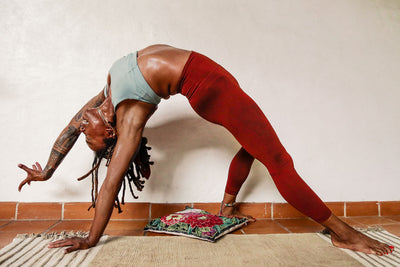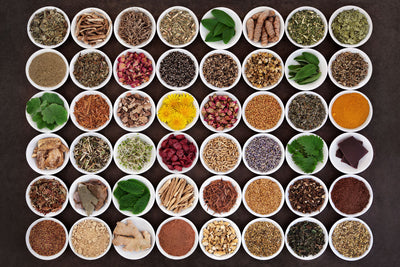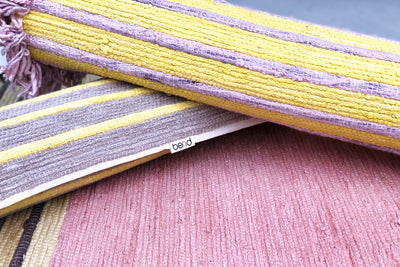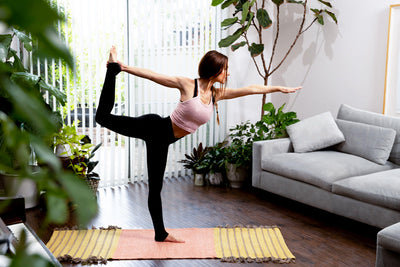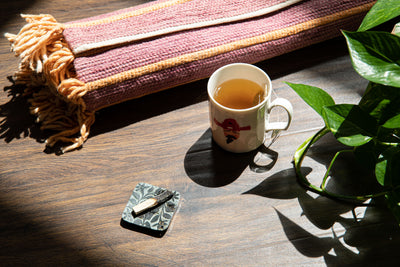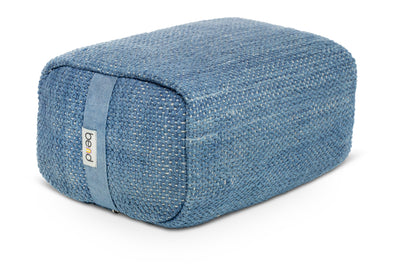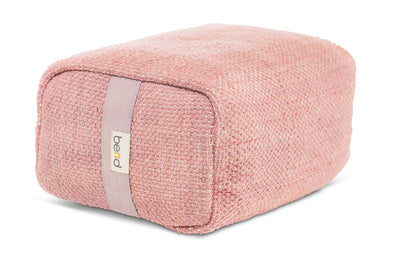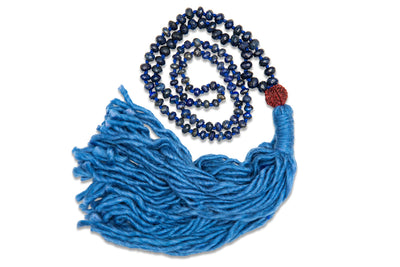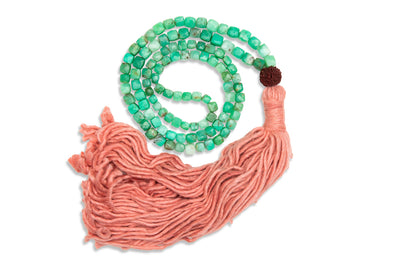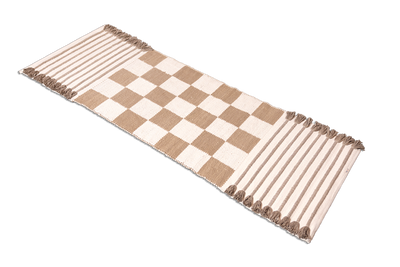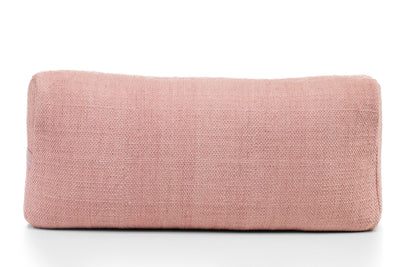Has Your Yoga Practice Become Toxic?
For millions of people around the world, yoga is a positive force with significant health and wellness benefits. To start, it’s known to relieve stress and tension, stretch muscles, improve core strength, and even help clear your mind after a long day. But unfortunately, the practice of yoga depends on external factors, such as the equipment you use, which can influence the benefits you receive and even introduce negative effects.
Common Toxins in Yoga Mats

For most yogis, there’s one piece of gear that you simply can’t do without: a yoga mat. While most yoga products—not just mats—are made with synthetic materials that include toxins such as PVCs, carcinogens, phthalates, and others, the yoga mat is where most people primarily interact with their gear. In recent years, a few brands have stepped up their game and started making some changes, and nowadays you’ll find a few options that are a bit kinder to the environment, usually made from jute, hemp, cork, and natural latex. Unfortunately, even most yoga mats advertised as “natural” are still dyed with synthetic chemicals and toxins that can have detrimental health effects and a negative environmental impact.
Studies show that phthalates can disrupt the body’s endocrine system, contributing to potential reproductive issues like infertility, shorter pregnancies, and early breast development in girls. Phthalates have also been linked to cancer, obesity, and asthma. Over time, the phthalates in your yoga mat seep out into the air over time, especially in warmer temperatures like those found in hot yoga studios. This process is called “off-gassing.” These phthalate particles cling to dust in the surrounding air that can be inhaled during yoga practice. Because your breath is generally deeper while practicing yoga, you can end up inhaling toxic particles even more quickly. And that’s just one example—other carcinogens used in yoga mats and dyes have varying consequences for wellness, along with being harmful for the environment.
The Environmental Impact of Yoga
Many yoga mats are composed of materials that include toxins such chlorine, mercury, and vinyl chloride. These toxins are released into the atmosphere when the mats are produced in factories as well as when you use them in your home or at a yoga studio. Even worse, those materials cannot be recycled or reused—with chemical half-lives of hundreds or even thousands of years, these synthetic materials will stick around to harm the environment long after we’re gone. Incinerating or burying them in a landfill only causes the release of dioxin, a chemical known to contribute to cancer. And the cherry on top of this toxic sundae: the dyes used in yoga mat production are usually drained into rivers or dumped into our soil, poisoning the land and marine wildlife.
These are major problems, and sadly, the mainstream yoga industry has little interest in fixing them—doing so would be expensive, and it’s simply easier to use artificial materials than it is to invest time and resources in creating sustainably made yoga equipment.
How Bennd Came to Be
I’ve been a practicing yogi for over two decades, and knowing the possible health and environmental consequences of continuing to use synthetically produced gear drove me to seek out something better. I wanted more than a greenwashed, corporate answer: I wanted to create a revolutionary change in the entire yoga industry.
Specifically, I wanted to practice the hobby I love in a way that was good for my body and had a low-impact on the environment. I wanted something aesthetically beautiful that I could leave unrolled in my home, inspiring me to practice more often. I wanted a yoga mat that was more than just a product of a factory designed to be sold as cheaply as possible.
That’s what inspired me to create Bennd. It was truly one of those “aha!” moments that come along once in a lifetime. At the time, I was open and ready to accept what the universe had to offer, and it offered something beautiful.
I was looking to create a non-toxic women's clothing line that would be eco-friendly and good for the body. While I was doing research for the brand, I came across a beautiful art medium called Ayurvastra, a form of Ayurvedic medicine that involves dying and infusing herbs and medicines into textiles. Artisans and healers have been practicing this technique in India for centuries. With a background in health and wellness and my experience as an LED light therapist, I saw how powerful this tradition could be, and I didn't understand why no one was doing it in the United States.
[Ayur-vastra]: "Ayur" is Sanskrit for health, and "Vastra" is Sanskrit for clothing. Ayurvastra means Healthy Fabrics.
I asked myself: What if we took this a few steps further? What if we infused herbal medicines into something you could break a sweat doing? The skin is the largest organ in our bodies; it interacts with everything we touch. When your body temperature rises from activity or a warm environment, our skin becomes more permeable, allowing for better absorption. Additionally, our hands and feet have more sweat glands than other parts of the body, making them highly absorbent to chemicals through physical contact. So when you practice yoga, your hands, feet, and skin are absorbing whatever is in your mat, including any toxins used in its manufacturing. So why not absorb herbal medicines instead?
Ayurvedic Yoga Mats Built for Wellness
That’s what Bennd is all about. We offer yoga mats and textiles to help you achieve a healthier yoga practice and boost the wellness benefits that yoga provides. Our yoga mats and meditation pillows are hand-dyed with medicinal plants and infused with 22 different Ayurvedic herbs and medicines whose benefits have been recognized for centuries or more. Practicing on a Bennd yoga mat means you can absorb those organic medicinal compounds, activating positive changes in your body at the cellular level and improving function of the circulatory, endocrine, digestive, and immune systems.
We’re not just disrupting the yoga industry by changing the way people practice—we’re helping people improve their health and protect the environment at the same time.
We take great pride in our efforts to create our products in a sustainable way that maintains balance with our planet. For instance, we recycle all leftover textile scraps from production, which we then turn into paper for packaging and branding materials. We use leftover dye baths as fertilizer for the gardens that supply our medicinal plants and herbs. Our shipping boxes, shipping tape, and other packaging are made with 100% post-consumer recycled materials. We do everything we can to eliminate waste and run the brand on a circular economy of reuse.
Yoga is a beautiful, healthy practice with powerful benefits for both the body and mind. But yoga can’t help us how it should if we’re absorbing and inhaling toxins while we practice. It’s not doing our Earth any good if yoga mats are piling up in landfills and toxic dye baths are poisoning water and hurting marine life. Join the Bennd movement and help us continue to be leaders for change in the yoga industry for our generation and the generations to come.






